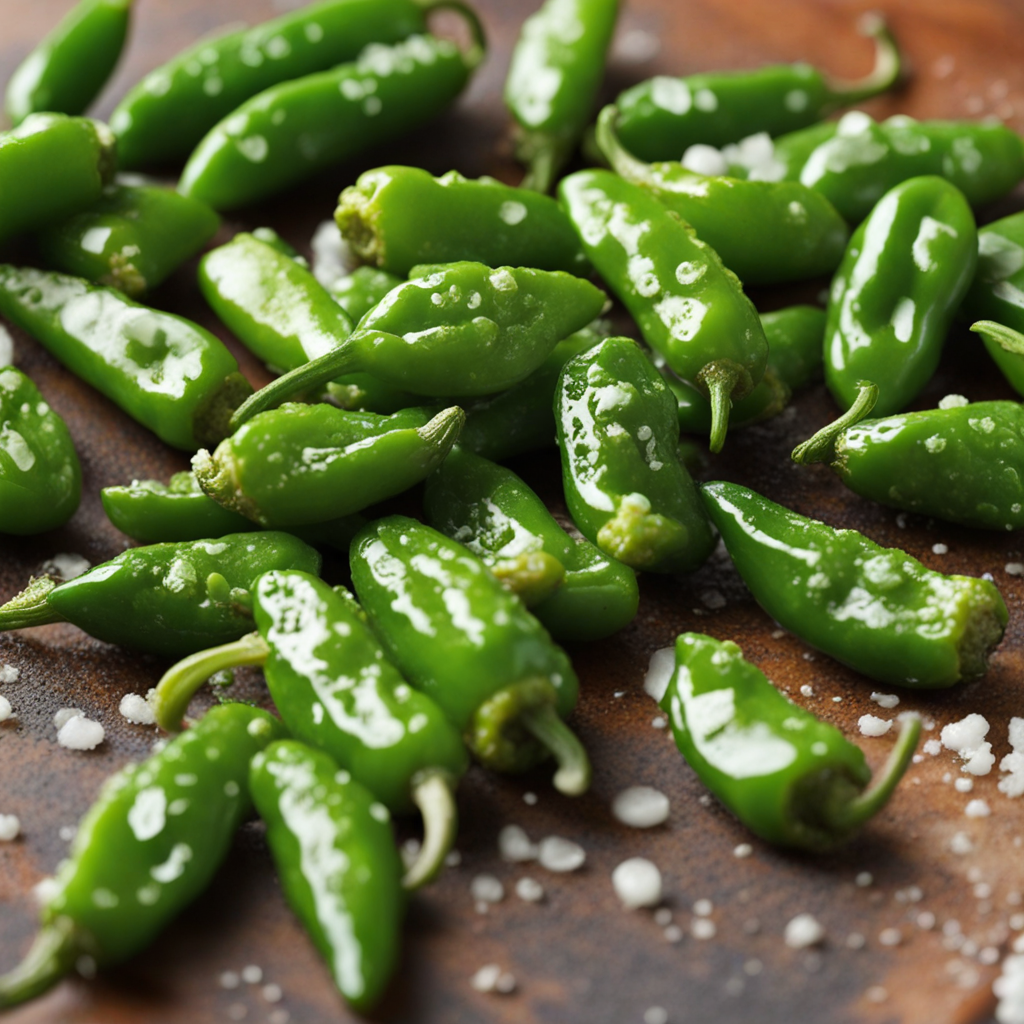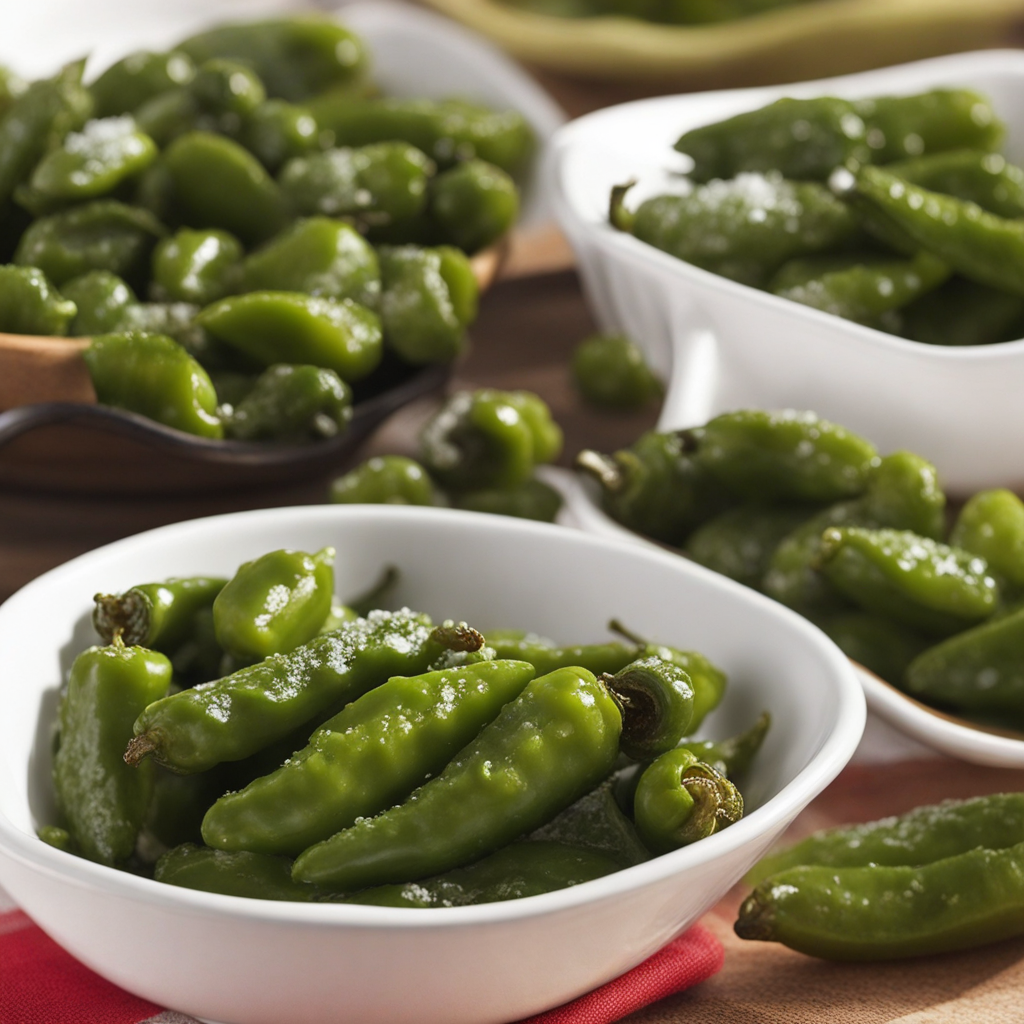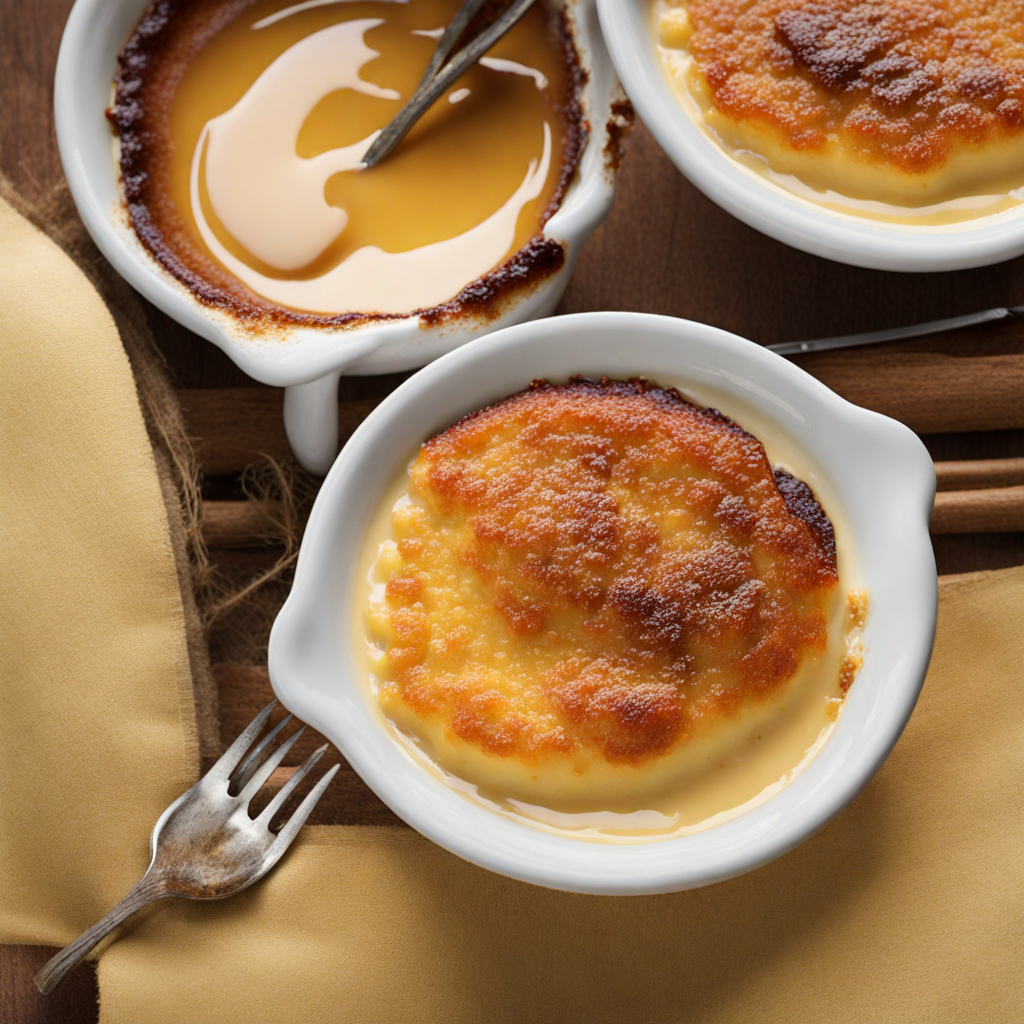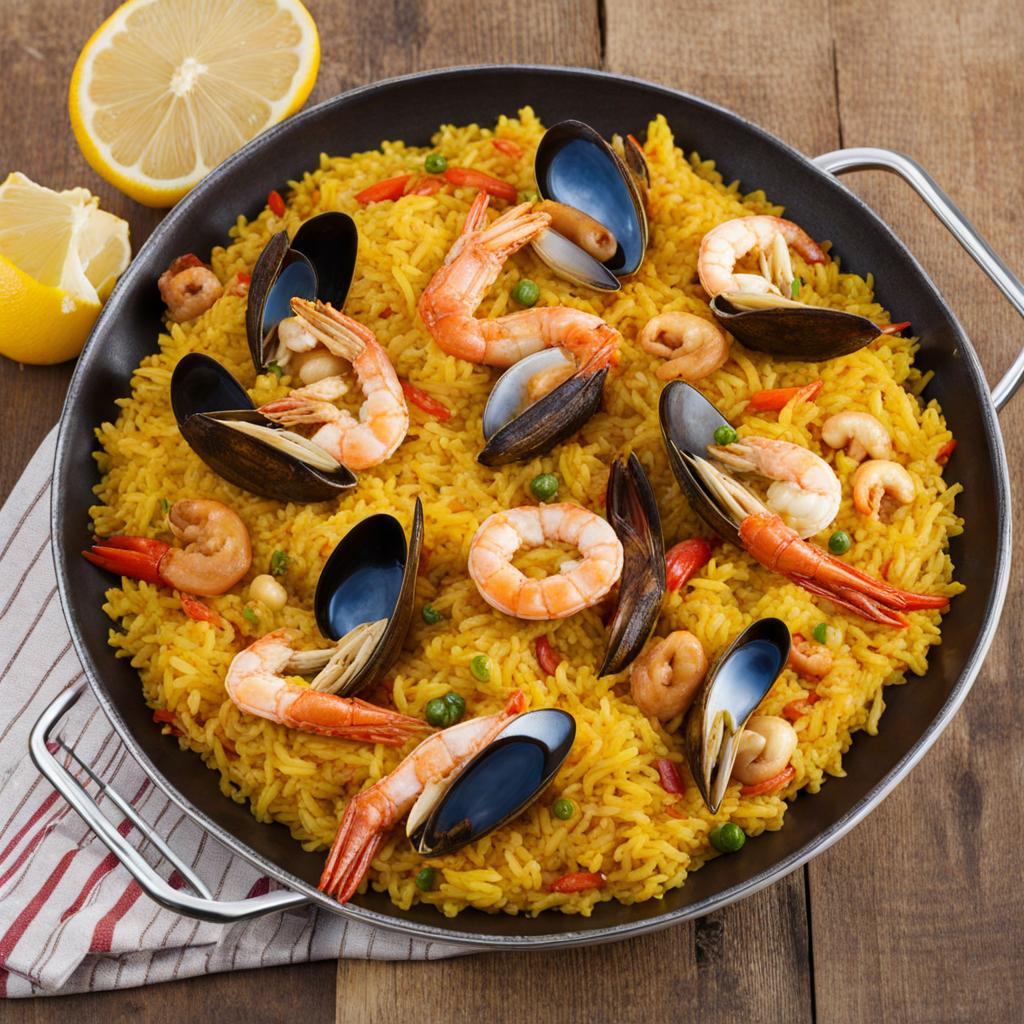Pimientos de Padrón
Pimientos de Padrón are small green peppers that originate from the Galician town of Padron in Spain. These vibrant, bite-sized peppers are typically about two to four inches long and have a glossy, smooth skin. When cooked, they take on a slightly blistered appearance, which adds to their visual appeal. The peppers are usually harvested when they are still immature, providing a tender texture that makes them a delightful addition to any dish. Their mild flavor, reminiscent of a gentle green bell pepper, makes them approachable for those new to exploring different tastes. What makes Pimientos de Padrón particularly interesting is the element of surprise they bring to the dining experience. While most of the peppers are sweet and mild, a small percentage can pack a surprising heat, reminiscent of a jalapeño or serrano pepper. This unpredictability has given rise to the saying, "Os pimientos de Padrón, uns pican e outros non," which translates to "Some are hot, and some are not." This unique characteristic adds an exciting twist to the eating experience, making it a fun dish to share with friends or family as you discover which ones will surprise you. Traditionally, Pimientos de Padrón are prepared simply by sautéing them in olive oil until they blister, followed by a generous sprinkle of coarse sea salt. This straightforward preparation allows the natural flavors of the peppers to shine while enhancing their sweetness and smokiness. Served as a tapa, they are often enjoyed with a chilled glass of Spanish wine or beer, making them a popular choice for social gatherings. Their simplicity and unexpected flavor combinations make Pimientos de Padrón an essential dish for anyone looking to explore the rich culinary landscape of Spain.
How It Became This Dish
The History of Pimientos de Padrón: A Taste of Galicia Nestled in the lush green landscapes of Galicia, a region in northwest Spain, lies the small town of Padrón, renowned for its unique and flavorful peppers known as Pimientos de Padrón. These small, green peppers have captivated the palates of locals and visitors alike since their introduction to the region, and they have become a cherished symbol of Galician cuisine. The history of Pimientos de Padrón is not just a tale of a vegetable; it embodies the cultural heritage, agricultural practices, and culinary traditions of Galicia. #### Origins The origin of Pimientos de Padrón can be traced back to the mid-18th century when the peppers were introduced to Spain from the Americas. It is believed that they arrived via the Spanish colonization of the New World, which brought a plethora of new ingredients to Europe. The pepper seeds were likely brought back by Spanish explorers returning from their voyages, and they found a welcoming home in the fertile soils of Galicia. Padrón, a small town located along the banks of the Sar River, quickly became the heart of this pepper cultivation. The climate of Galicia, characterized by its mild temperatures and ample rainfall, provided the perfect conditions for growing these peppers. The local farmers, or "campesinos," embraced the cultivation of Pimientos de Padrón, and over time, they developed a distinctive variety that thrived in the region. Cultural Significance Pimientos de Padrón are more than just a culinary delight; they are a cultural symbol of Galicia. The peppers are often enjoyed as a tapa, a small dish served with drinks, in bars and restaurants throughout the region. The traditional method of preparing Pimientos de Padrón is delightfully simple. The peppers are sautéed in olive oil and sprinkled with coarse sea salt, allowing their natural flavors to shine through. Served hot, they are typically eaten whole, and the experience of biting into them is a delightful surprise, as some are sweet while others can be surprisingly spicy. The phrase "Os pementos de Padrón, uns pican e outros non" (The Padrón peppers, some are hot and some aren’t) has become a local proverb, emphasizing the unpredictable nature of these peppers. This adage reflects the charm and excitement of tasting Pimientos de Padrón, as diners often play a game of chance with each bite. Development Over Time As the popularity of Pimientos de Padrón grew, so did the methods of cultivation. Initially, these peppers were grown primarily for local consumption. However, with the increasing interest in Galician cuisine and the rise of culinary tourism in the late 20th century, farmers began to expand their cultivation practices. The establishment of the "Denominación de Origen" (DO) status in 2004 provided a framework for protecting the quality and heritage of Pimientos de Padrón. This designation ensured that only peppers grown in specific conditions within the Padrón area could be labeled as such, solidifying their reputation both nationally and internationally. The DO status also encouraged the development of sustainable agricultural practices among local farmers. Many began to embrace organic farming methods, avoiding harmful pesticides and fertilizers to preserve the natural flavors of the peppers. This commitment to quality and sustainability has contributed to the ongoing popularity of Pimientos de Padrón, as consumers increasingly seek out fresh, locally-sourced ingredients. #### Culinary Evolution In recent decades, Pimientos de Padrón have transcended their traditional role as a simple tapa. Chefs across Spain and beyond have begun to experiment with these peppers, incorporating them into a variety of dishes. From gourmet salads to innovative entrees, the versatility of Pimientos de Padrón has made them a favorite among culinary creatives. The peppers have also found their way into international cuisine, appearing on menus in restaurants worldwide. Their unique flavor profile and playful nature have made them a sought-after ingredient in tapas bars, bistros, and fine dining establishments alike. The rise of the "tapas culture" has played a significant role in popularizing Pimientos de Padrón beyond the borders of Spain, as food enthusiasts seek to recreate the flavors of their travels. #### Economic Impact The cultivation and commercialization of Pimientos de Padrón have also had a profound impact on the local economy. As demand surged, local farmers have benefited from increased sales and the establishment of markets dedicated to promoting their products. The annual Padrón Pepper Festival, held each August, celebrates the harvest season and attracts visitors from all over Spain and beyond. The festival features tasting events, cooking demonstrations, and even a contest to determine the hottest pepper of the year, further solidifying the cultural significance of Pimientos de Padrón in the region. #### Conclusion Today, Pimientos de Padrón stand as a testament to the rich agricultural heritage and culinary traditions of Galicia. Their journey from humble origins to global recognition reflects not only the adaptability of local farmers but also the evolving palate of food lovers worldwide. In every bite of these delightful peppers, one can taste the history, culture, and passion that have shaped them into a beloved staple of Spanish cuisine. As more people discover the joys of Pimientos de Padrón, their legacy continues to grow, ensuring that future generations will savor the unique flavors and cultural richness of this remarkable pepper. Whether enjoyed in a bustling tapas bar in Santiago de Compostela or prepared at home with a drizzle of olive oil, Pimientos de Padrón remain a delicious connection to the land, the people, and the culinary traditions of Galicia.
You may like
Discover local flavors from Spain







